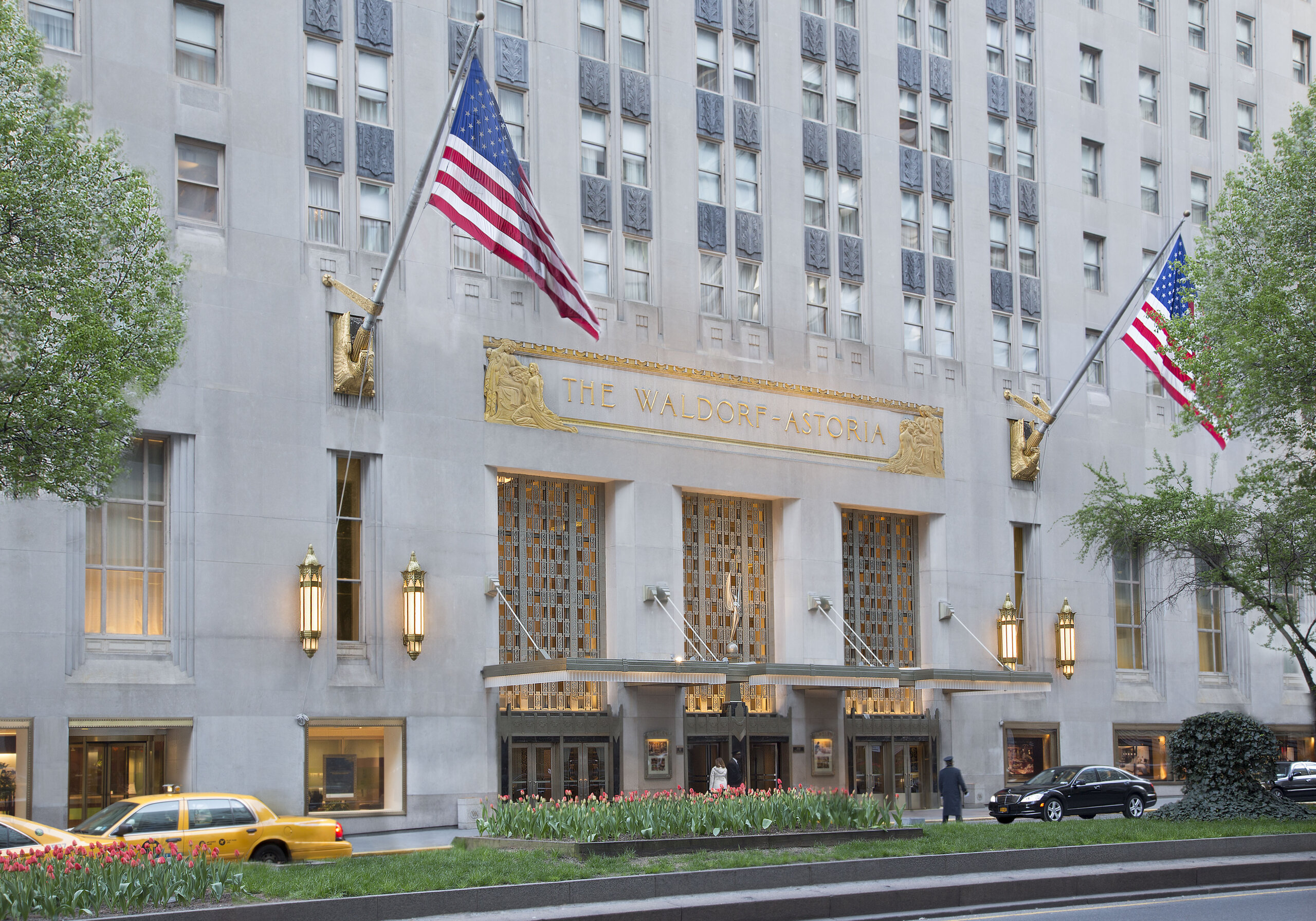The Waldorf-Astoria: History, Allure, and Global Expansion
Have you heard of “The Waldorf-Astoria”? Known as one of the world’s finest luxury hotels, its name resonates around the globe.
Rising proudly on Park Avenue in New York, this is more than just a hotel.
It’s a “living legend,” hosting countless renowned figures, witnessing historic events, and appearing in numerous films.
In this article, we’ll explore the history, allure, and global reach of the Waldorf-Astoria.
Whether you’re discovering it for the first time or have heard its name before, by the end of this article, you’ll be captivated by the unique charm of the Waldorf-Astoria.
The Waldorf-Astoria: The World’s Finest Hotel
What is the Waldorf-Astoria?
The Waldorf-Astoria is one of the world’s most renowned luxury hotel brands.
Its name originates from two hotels, the “Waldorf Hotel” and the “Astoria Hotel,” which opened in New York in 1893.
The Waldorf Hotel was built by William Waldorf Astor, the fourth-generation heir of the Astor family, America’s first billionaire family.
The Astoria Hotel, meanwhile, was constructed by William’s cousin, John Jacob Astor IV.
The two hotels, connected by a corridor known as Peacock Alley, eventually merged to form one of the largest hotels in the world under the name Waldorf-Astoria.
Initially located on the site where the Empire State Building now stands, the Waldorf-Astoria was demolished in 1929 to make way for the skyscraper and was rebuilt on Park Avenue in 1931.
Since its inception, the Waldorf-Astoria has been cherished by royalty, politicians, and celebrities from around the globe. Its opulent interiors, exceptional service, and historic ambiance continue to captivate travelers worldwide.
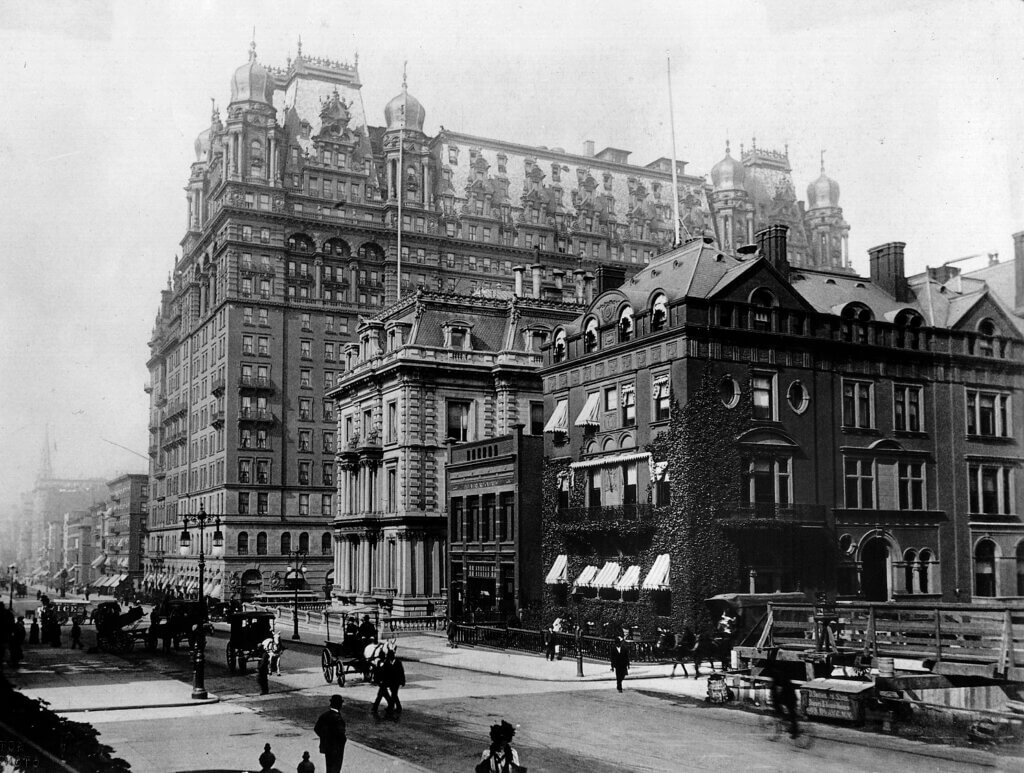
A Storied History
The history of the Waldorf-Astoria dates back to the late 19th century. At that time, William Waldorf Astor and John Jacob Astor IV each planned to build grand hotels of their own.
William, motivated by a feud with his aunt, Caroline Webster Schermerhorn Astor, constructed the Waldorf Hotel to cast her mansion in shadow.
In response, John Jacob IV, with the support of his mother Caroline, built the Astoria Hotel adjacent to the Waldorf.
These two hotels, eventually joined by a corridor known as Peacock Alley, merged to become the Waldorf-Astoria.
In 1931, amid the Great Depression, the Waldorf-Astoria was rebuilt at its current location.
This Art Deco masterpiece became the tallest hotel in the world at the time, solidifying its status as a landmark in New York and earning global acclaim.
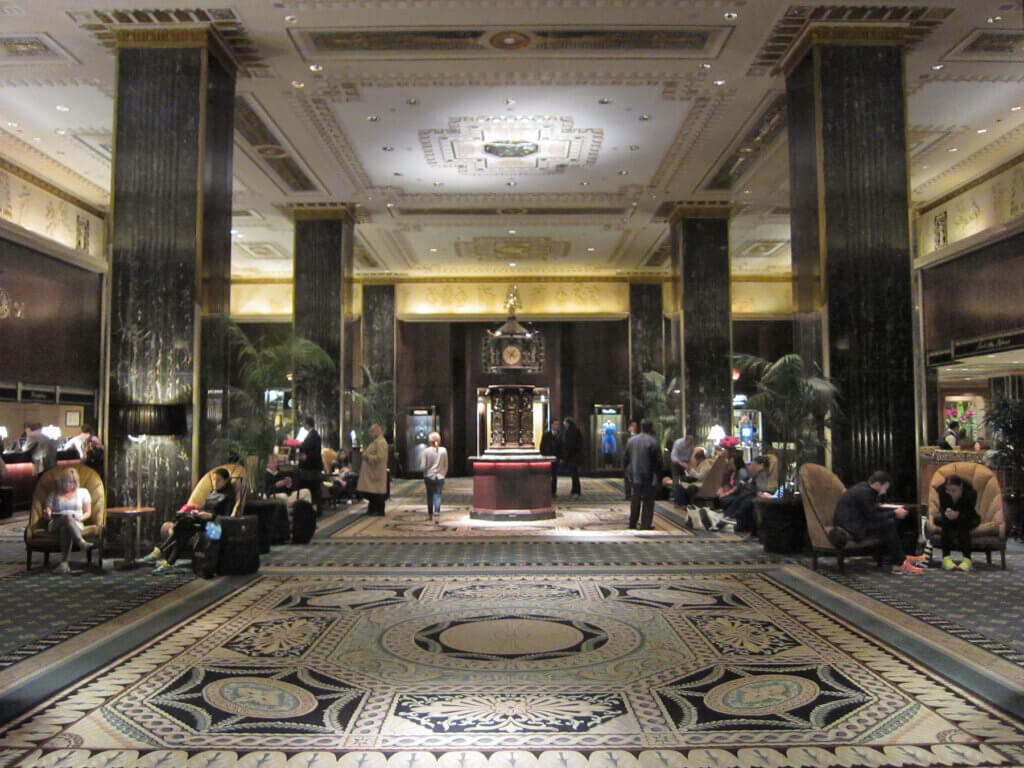
The Waldorf-Astoria New York: A Symbol of Prestige
The Waldorf-Astoria New York, the flagship of the hotel chain, is situated in Midtown Manhattan on Park Avenue.
It comprises two buildings: the 47-story main building and the 25-story Waldorf Towers, with over 1,400 guest rooms.
Inside, guests and visitors alike can enjoy an array of restaurants, bars, and lounges.
One of the most famous spots is the bar in Peacock Alley, a corridor that once connected two hotels and now serves as a popular meeting and socializing space.
The Waldorf-Astoria New York, with its rich history and tradition, has frequently appeared in movies and TV shows, such as The Godfather Part II and Scent of a Woman.
Additionally, numerous American presidents and world leaders have stayed here.
Along with former presidents like Herbert Hoover and Dwight D.
Eisenhower, notable figures from the Cold War era, including Nikita Khrushchev and Fidel Castro, were also guests at the hotel.
The Waldorf-Astoria New York: A Hotel with Historical Ties
A key aspect of the Waldorf-Astoria New York is its unique facilities tied to American history, such as a dedicated train platform and notable suites.
Connected to Grand Central Station by a private railway track, “Track 61” was a hidden platform reserved exclusively for key government officials like President Franklin Roosevelt and UN Ambassador Adlai Stevenson.
The hotel’s 42nd-floor suite also served as the official residence of the U.S. Ambassador to the United Nations starting in 1947.
From its early days, the Waldorf-Astoria New York has played an essential role for diplomats and government leaders, particularly during the establishment of the United Nations headquarters in New York.
Thus, the Waldorf-Astoria New York stands not only as a luxury hotel but also as a symbol of American history and culture.

Notable Guests Who Stayed at the Waldorf-Astoria
Throughout its history, the Waldorf-Astoria has hosted numerous distinguished guests.
From U.S. presidents to royalty, politicians, Hollywood stars, and athletes from around the world, it has welcomed VIPs from all walks of life.
For example, former U.S. presidents Herbert Hoover and Dwight D.
Eisenhower were known for their extended stays at the Waldorf. John F. Kennedy was also a frequent guest, even meeting with UN Secretary-General U Thant and U.S. Ambassador to the United Nations Adlai Stevenson in 1962.
During the Cold War, the Waldorf-Astoria hosted Soviet Premier Nikita Khrushchev and Cuban leader Fidel Castro, becoming a site for key discussions aimed at easing East-West tensions.
In the entertainment world, icons like Marilyn Monroe, Elizabeth Taylor, Frank Sinatra, and Cole Porter stayed at the Waldorf, bringing glamour and excitement to the hotel’s history.
In more recent times, Nikki Haley, who became the U.S. Ambassador to the United Nations in 2017, opted for a residence at 50 United Nations Plaza instead of the Waldorf-Astoria due to security concerns, a decision that attracted media attention.
The Waldorf-Astoria in Film
With its grand ambiance and rich historical background, the Waldorf-Astoria has served as the setting for numerous films.
In the 1945 romantic comedy Week-End at the Waldorf, starring Ginger Rogers, the hotel’s opulent setting helped bring the story to life and played a role in spreading the Waldorf-Astoria’s fame worldwide.
The Waldorf-Astoria has since appeared in various other iconic films, such as The Godfather Part II, Coming to America, Scent of a Woman, and Maid in Manhattan, adding elegance and luxury to these stories.
These films effectively capture the Waldorf-Astoria’s lavish interiors and elegant atmosphere, leaving a lasting impression on viewers and showcasing the hotel as a symbol of timeless grandeur.
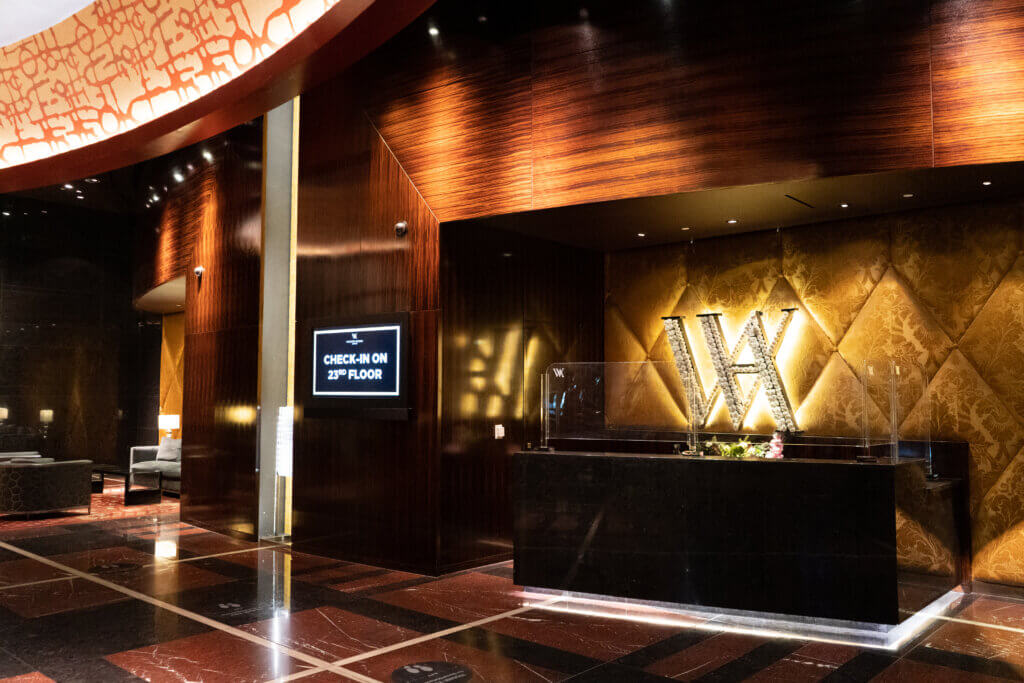
The Waldorf-Astoria: Becoming Part of the Hilton Empire
The Hilton Acquisition and the Waldorf-Astoria Collection
Over its long history, the Waldorf-Astoria has undergone several ownership and management changes.
In 1949, Conrad Hilton, who was building a global hotel empire, acquired the Waldorf-Astoria—a dream he had pursued for years.
With this acquisition, the Waldorf-Astoria became Hilton Hotels’ flagship property.
In January 2005, the “Waldorf-Astoria Collection” was established as the highest tier of Hilton Hotels’ luxury brand offerings.
Under Hilton’s ownership, the Waldorf-Astoria continued to enhance its brand value and reputation.
Acquisition by the Blackstone Group and Subsequent Resale
In 2007, Hilton Hotels itself was acquired by the investment firm Blackstone Group, making the Waldorf-Astoria part of Blackstone’s portfolio.
However, in 2013, Blackstone decided to sell Hilton Hotels, which included the Waldorf-Astoria, back to the market.
Acquisition by a Chinese Company and Future Prospects
In October 2014, the Waldorf-Astoria was acquired by the Chinese insurance company Anbang Insurance Group for approximately $1.95 billion, setting a record as the highest sale price for a hotel in U.S. history.
This acquisition drew significant attention as part of a wave of Chinese investments in the United States.
Anbang Insurance Group announced plans for extensive renovations following the acquisition.
Under Chinese ownership, the Waldorf-Astoria is set to enter a new era, with expectations that it will continue to maintain its status as one of the world’s most prestigious luxury hotels even after the renovations are complete.
Waldorf-Astoria Room Rates
The Waldorf-Astoria is known as one of the world’s most luxurious hotels, and its room rates reflect that prestige.
Prices vary depending on the room type and season, but even standard rooms typically start at over 100,000 yen per night (around $900 USD).
For suite rooms, rates can reach tens or even hundreds of thousands of yen per night. For instance, the 42nd-floor suite, which was once used as the official residence of the U.S. Ambassador to the United Nations, is said to cost over 1 million yen per night (about $9,000 USD).
Of course, the Waldorf-Astoria’s room rates include top-tier services and amenities.
Guests can enjoy 24-hour room service, concierge services, access to a fitness center, spa, and other facilities catering to every need.
For those with a flexible budget, staying at the Waldorf-Astoria at least once offers a unique opportunity to experience a world of luxurious spaces and impeccable service.
The Waldorf-Astoria: Global Expansion and Entry into Japan
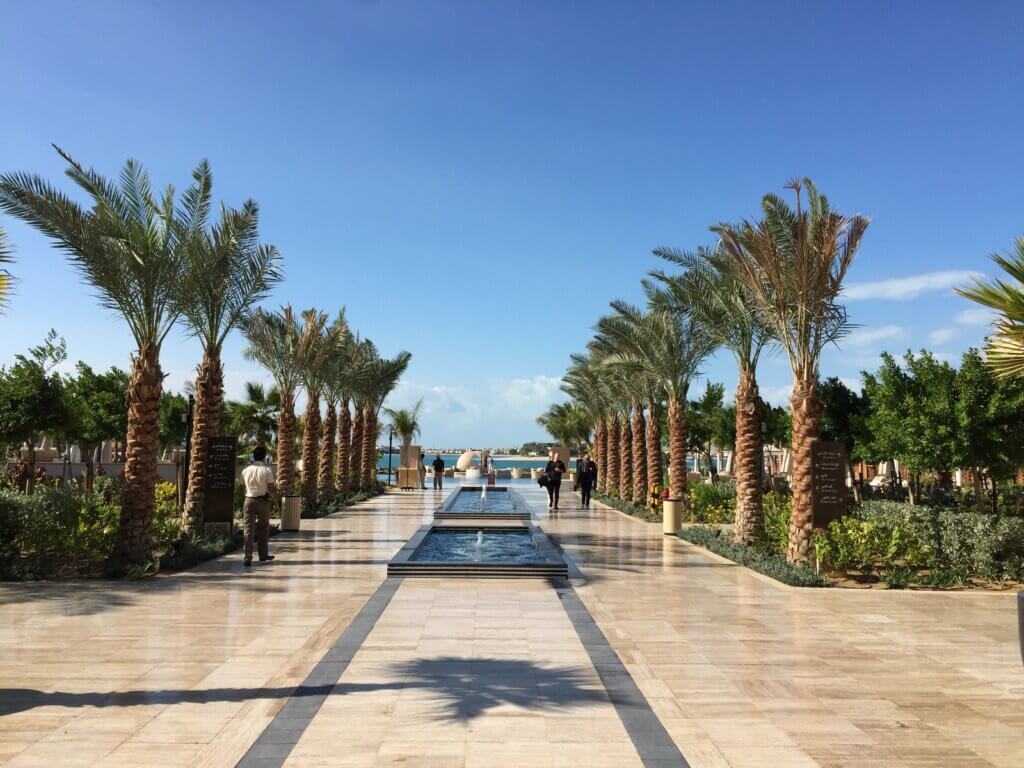
List of Waldorf-Astoria Hotels
North America
- Waldorf-Astoria New York (New York) – Opened in 1931
- Waldorf-Astoria Orlando (Orlando, Florida) – Opened in 2009
- Waldorf-Astoria Park City (Park City, Utah) – Opened in 2010
- Waldorf-Astoria Beverly Hills (Beverly Hills, California) – Opened in 2017
- Waldorf-Astoria Las Vegas (Las Vegas, Nevada) – Opened on August 17, 2018
- Waldorf-Astoria Washington D.C. (Washington D.C.) – Opened on February 12, 2018
Asia
- Waldorf-Astoria Bangkok (Bangkok, Thailand) – Opened on August 30, 2018
- Waldorf Astoria Shanghai on the Bund (Shanghai) – Opened in 2010
- Waldorf Astoria Beijing (Beijing, China) – Opened in 2014
- Waldorf Astoria Chengdu (Chengdu, China) – Opened in 2013
- Waldorf Astoria Xiamen (Xiamen, China) – Opened in 2017
Europe
- Waldorf-Astoria Berlin (Berlin, Germany) – Opened on January 3, 2013
Middle East
- Waldorf-Astoria Jerusalem (Jerusalem, Israel) – Opened in 2014
- Waldorf-Astoria Dubai Palm Jumeirah (Dubai, United Arab Emirates) – Opened on March 12, 2014
In addition to these locations, more Waldorf-Astoria hotels are planned to open in various other cities worldwide.
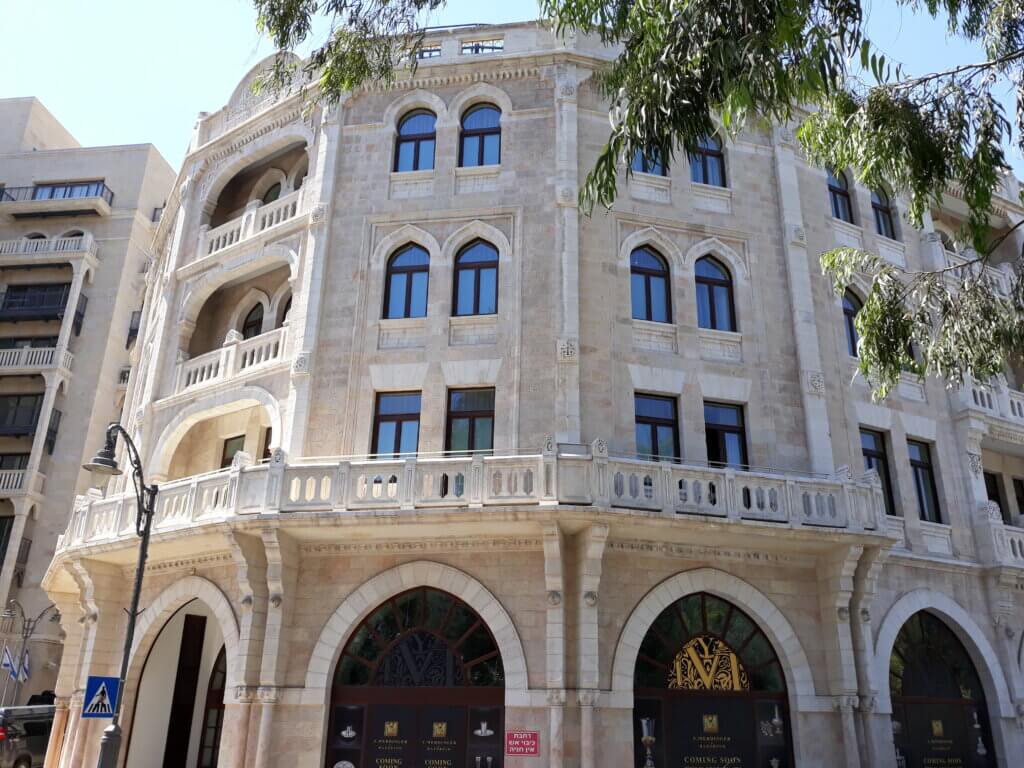
Waldorf-Astoria Osaka
In Japan, the “Waldorf-Astoria Osaka” is set to open in 2025 in Grand Green Osaka.
This complex is part of the redevelopment area on the north side of JR Osaka Station, known as the Umekita Phase 2 Area.
As the centerpiece luxury hotel in this facility, Waldorf-Astoria Osaka is highly anticipated.
It will feature approximately 250 guest rooms, along with a range of amenities including restaurants, bars, a spa, and a fitness center.
The hotel’s direct connection to Osaka Station adds to its appeal.
Waldorf-Astoria Osaka is expected to attract numerous tourists and business travelers from both within Japan and abroad, becoming a new landmark in the Kansai region.
Waldorf-Astoria Tokyo
The Waldorf-Astoria brand is also expanding to Tokyo, with the “Waldorf-Astoria Tokyo Nihonbashi” scheduled to open in 2026. Nihonbashi is an area steeped in Tokyo’s tradition and history, making it a perfect match for the Waldorf-Astoria brand image.
This hotel will occupy the upper floors of a multi-use complex developed by Mitsui Fudosan and will feature around 190 guest rooms.
It will also include a range of facilities, such as restaurants, bars, a spa, and a fitness center.
Waldorf-Astoria Tokyo Nihonbashi is set to capture global attention as a new luxury hotel destination in Tokyo.
Waldorf-Astoria Bangkok
Opened in 2018, Waldorf-Astoria Bangkok is the first Waldorf-Astoria in Southeast Asia. Located on Ratchadamri Road in the heart of Bangkok, it offers a prime location, just a five-minute walk from BTS Ratchadamri Station.
The hotel occupies the 6th to 16th and 55th to 57th floors within the 60-story Magnolia Ratchadamri Boulevard tower.
It features 171 guest rooms with modern interiors that incorporate Thai design elements, offering stunning city views through floor-to-ceiling windows.
The hotel also boasts a Michelin-starred restaurant, a rooftop bar, a spa, and other luxurious amenities.
Waldorf-Astoria Bangkok provides a luxurious stay that blends Thai tradition with modern design.
Waldorf-Astoria Hotels Around the World
Waldorf-Astoria hotels are located around the world, each offering a unique experience that incorporates the culture and history of its location.
For example:
- Waldorf-Astoria Berlin is set in a historic building, blending a classic atmosphere with modern design.
- Waldorf-Astoria Jerusalem is located in the holy city of Jerusalem, with an ambiance that incorporates religious elements unique to the area.
- Waldorf-Astoria Dubai Palm Jumeirah is situated on the artificial island Palm Jumeirah, shaped like a palm tree, and is popular as a luxurious resort hotel.
Each Waldorf-Astoria hotel offers a unique experience that maximizes the charm of its location, providing the brand’s signature luxury service and ambiance that captivates guests worldwide.
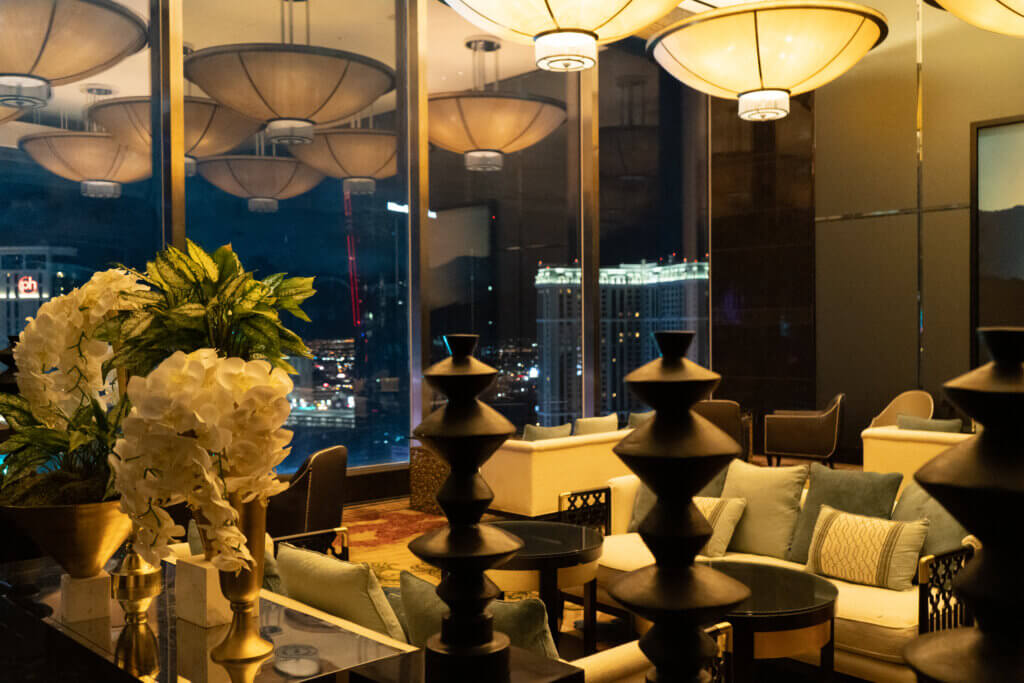
Summary of The Waldorf-Astoria
- The Waldorf-Astoria is one of the world’s most renowned luxury hotel brands
- Its name originates from two hotels, the “Waldorf Hotel” and the “Astoria Hotel,” which opened in New York in 1893
- Since its founding, it has been beloved by royalty, politicians, and celebrities worldwide
- Its luxurious interiors, top-tier service, and historic ambiance continue to captivate numerous travelers
- The history of the Waldorf-Astoria dates back to the late 19th century
- In 1931, during the Great Depression, the Waldorf-Astoria was rebuilt at its current location
- This Art Deco-style building was the tallest hotel in the world at the time
- It became known worldwide as a landmark of New York City
- The Waldorf-Astoria New York is located in Midtown Manhattan on Park Avenue
- The hotel consists of two buildings and offers over 1,400 guest rooms
- It features numerous restaurants, bars, and lounges that are accessible to both guests and visitors
- The Waldorf-Astoria New York has been the setting for many films and TV shows
- U.S. presidents and world leaders have stayed at this hotel over the years
- It stands as a symbol of American history and culture
- The Waldorf-Astoria brand has expanded globally
- Each hotel offers a unique experience that incorporates the culture and history of its location
